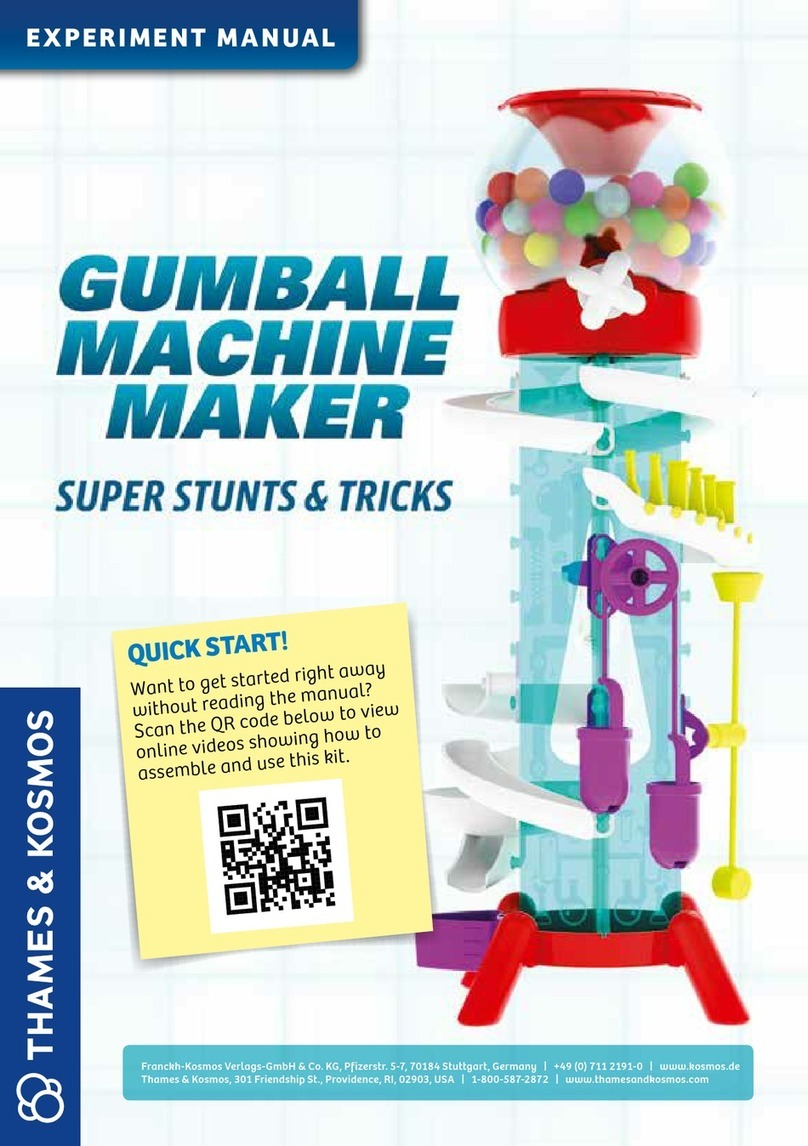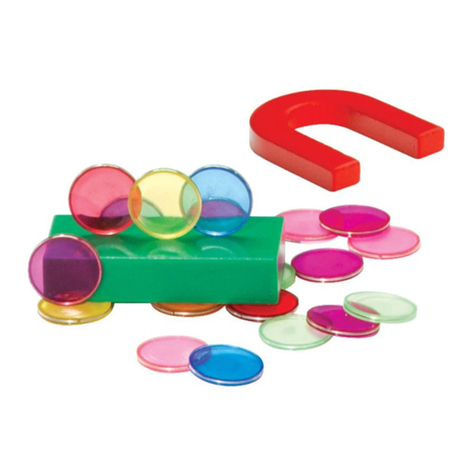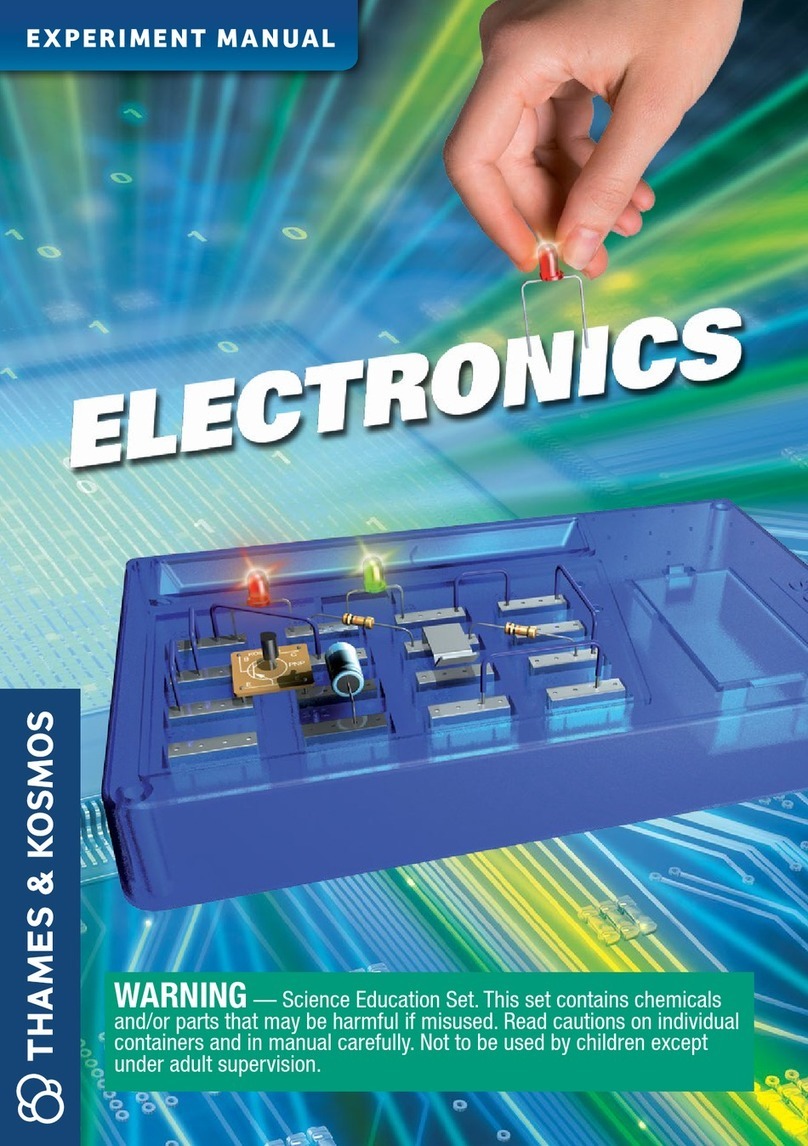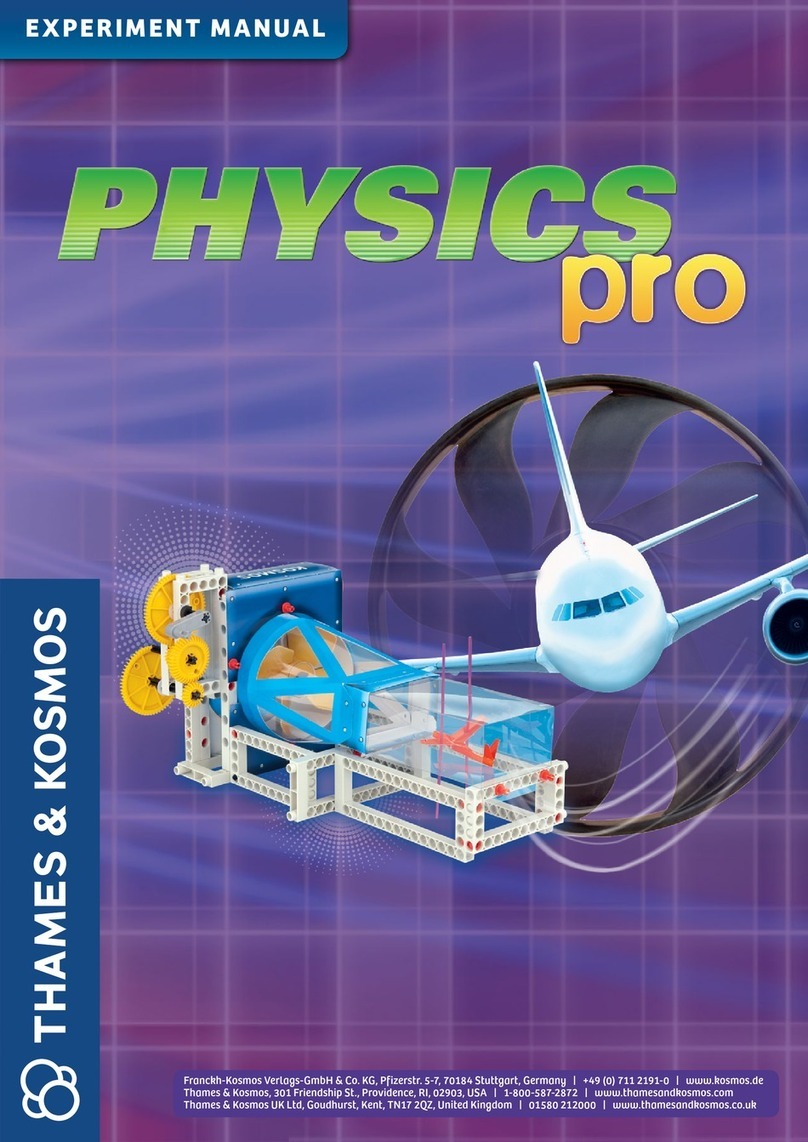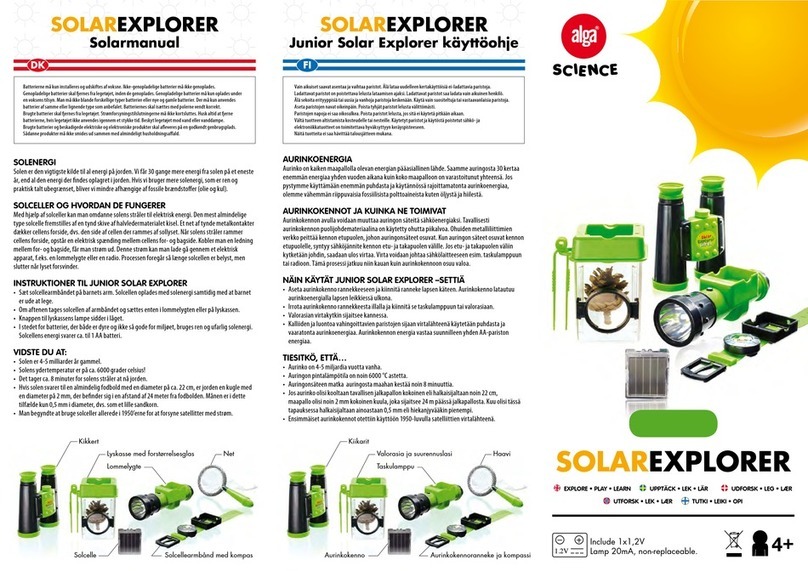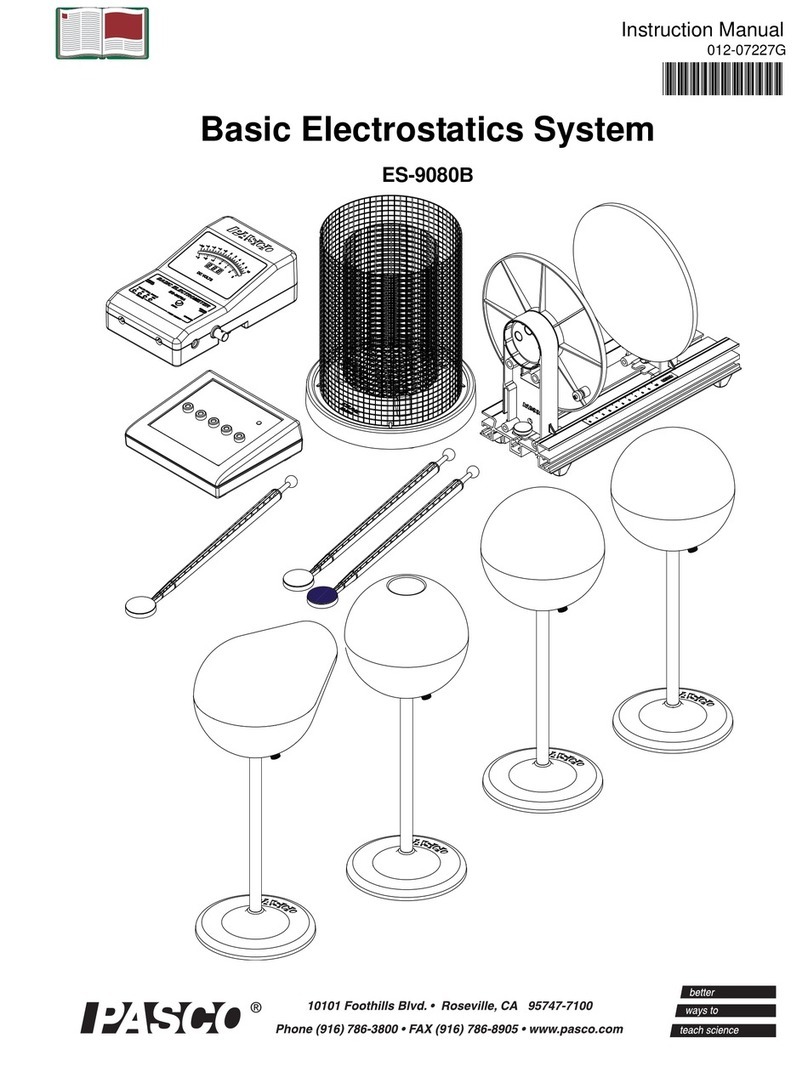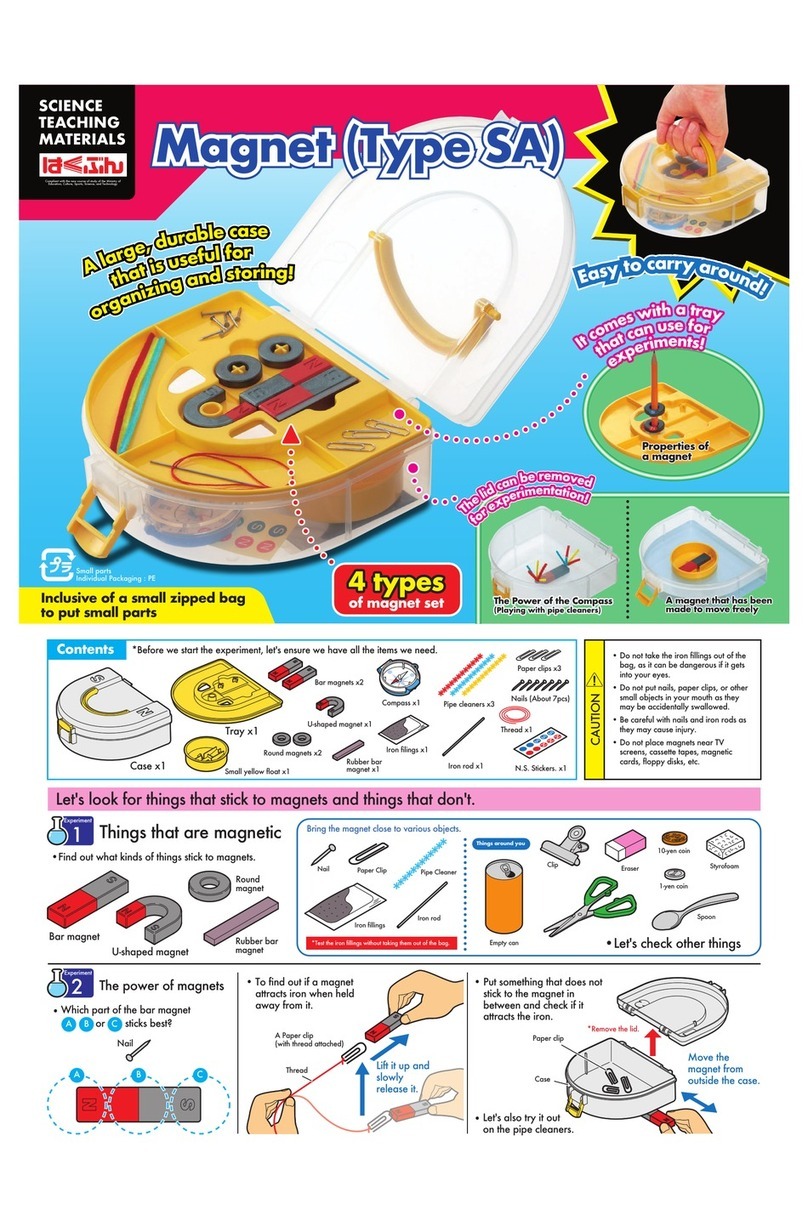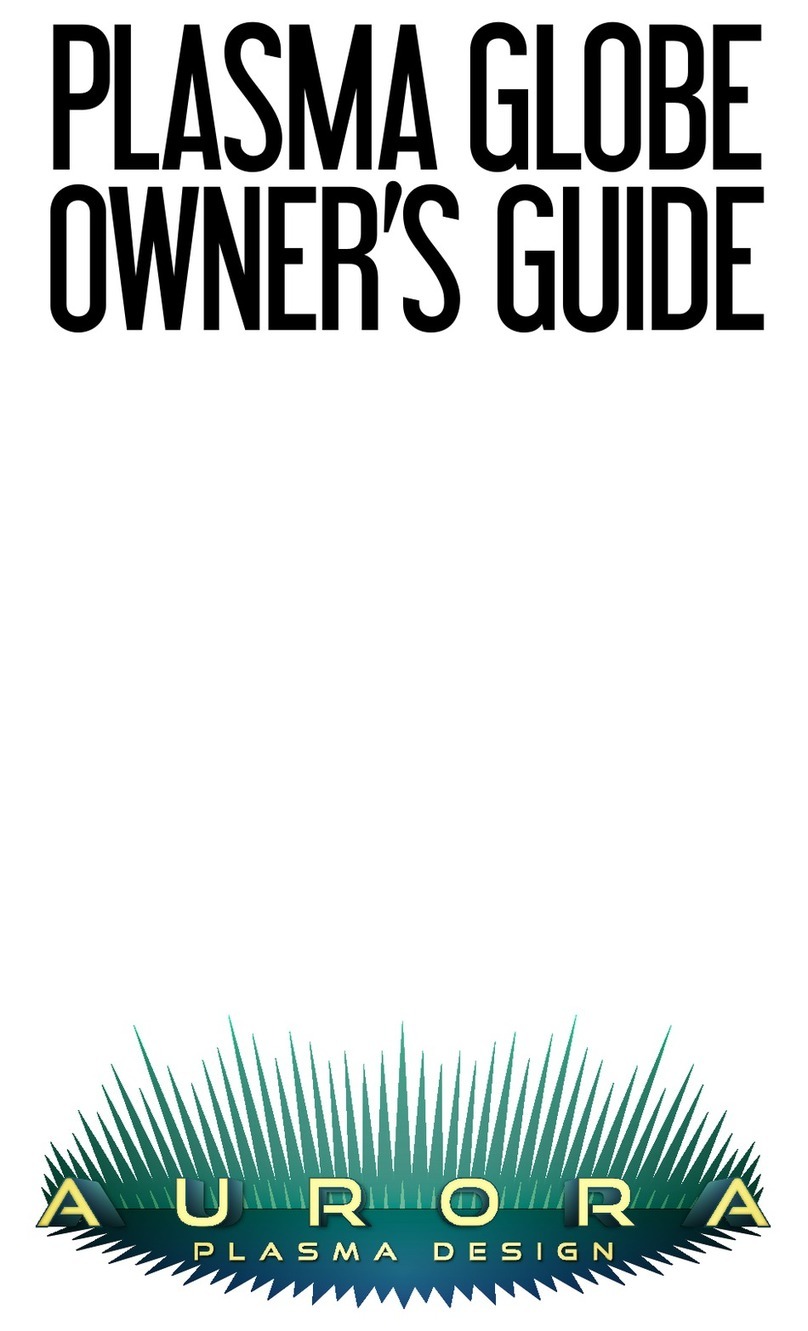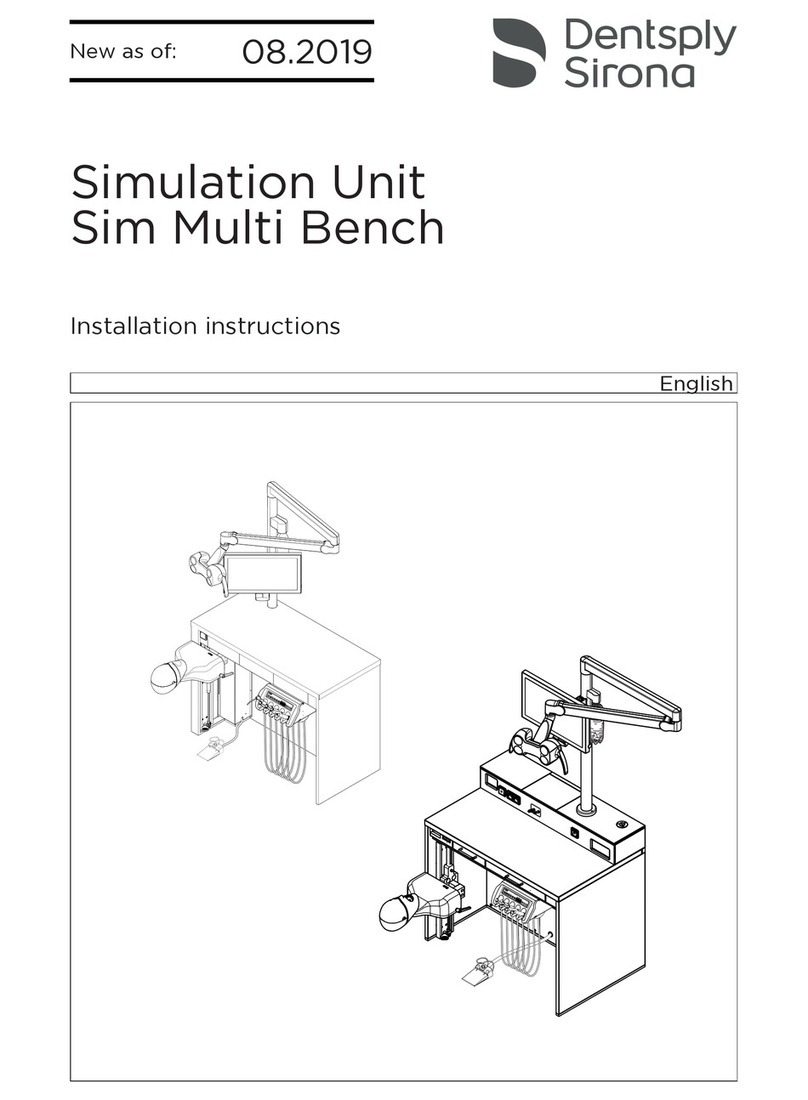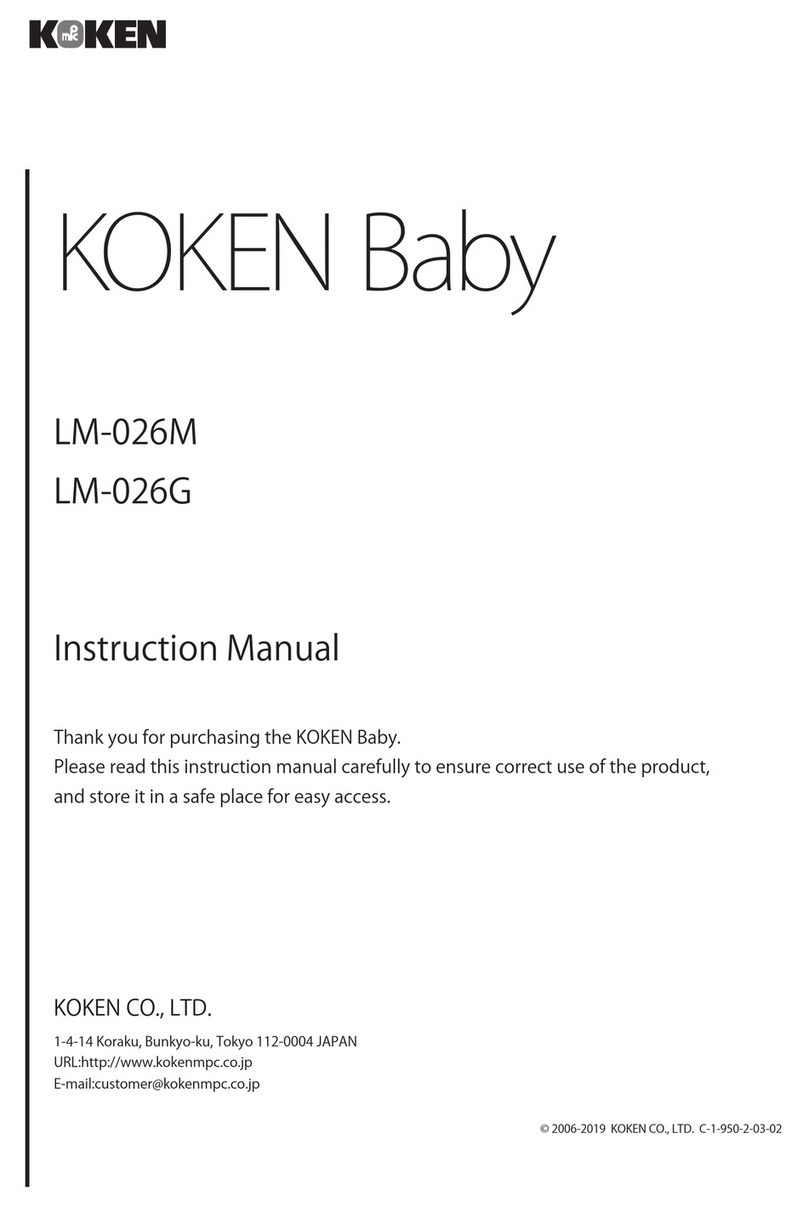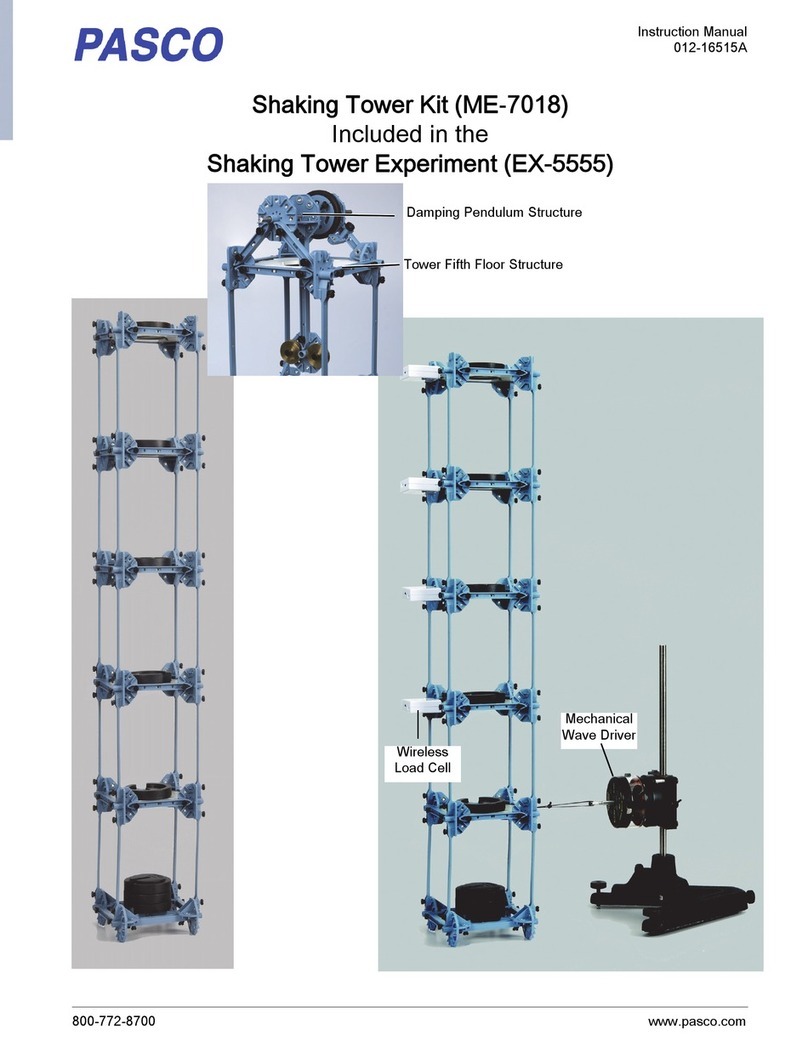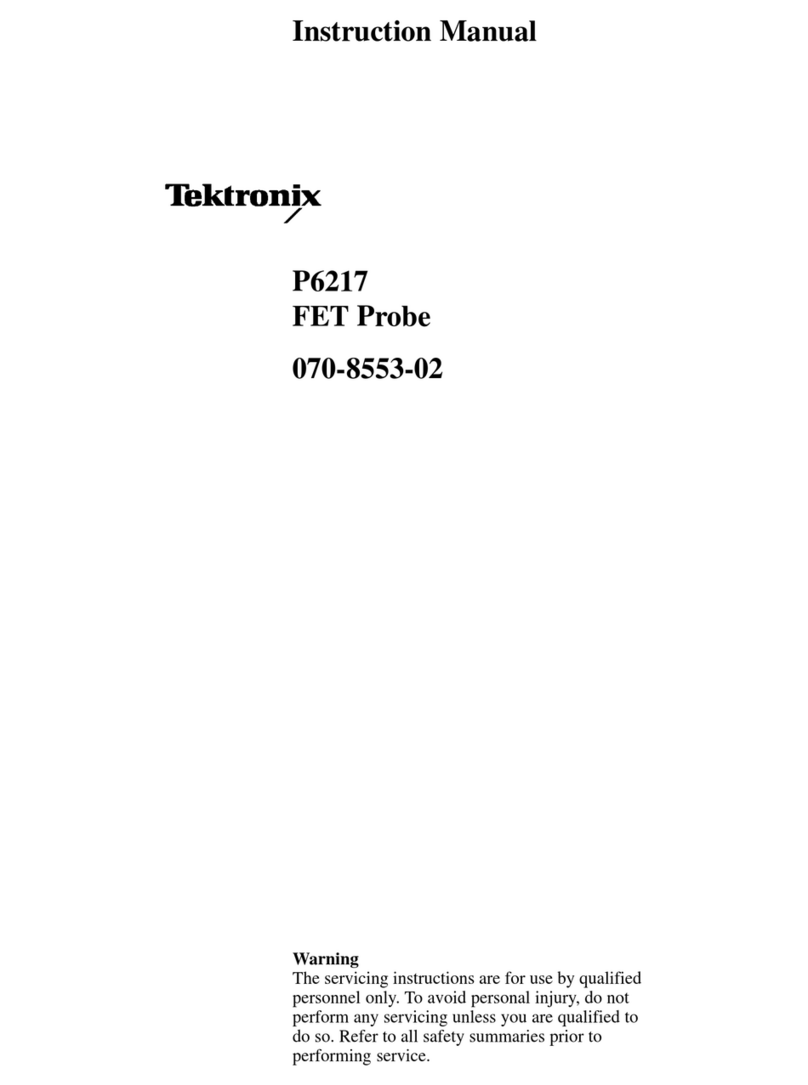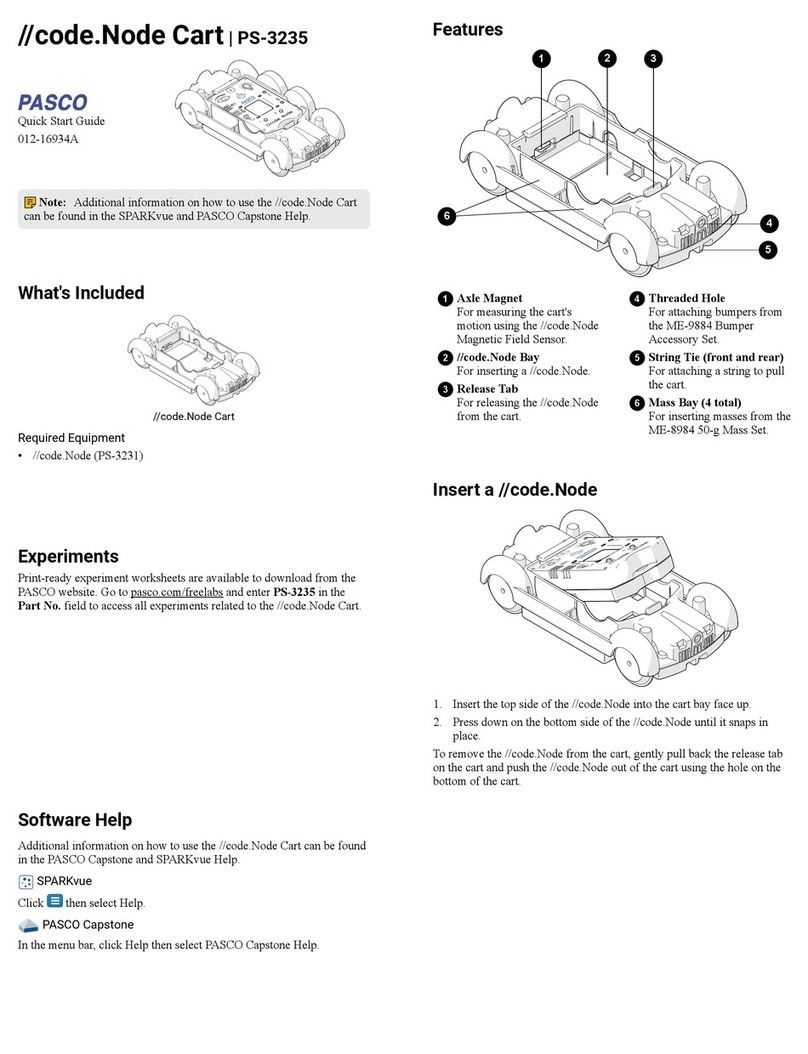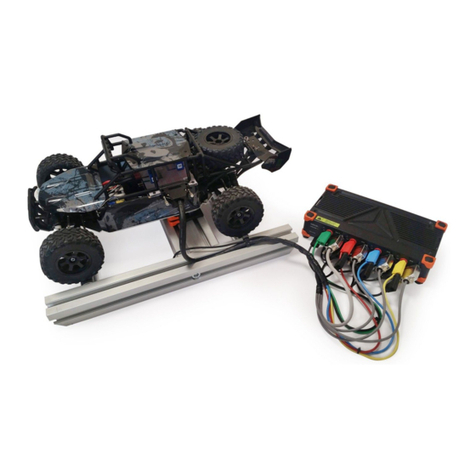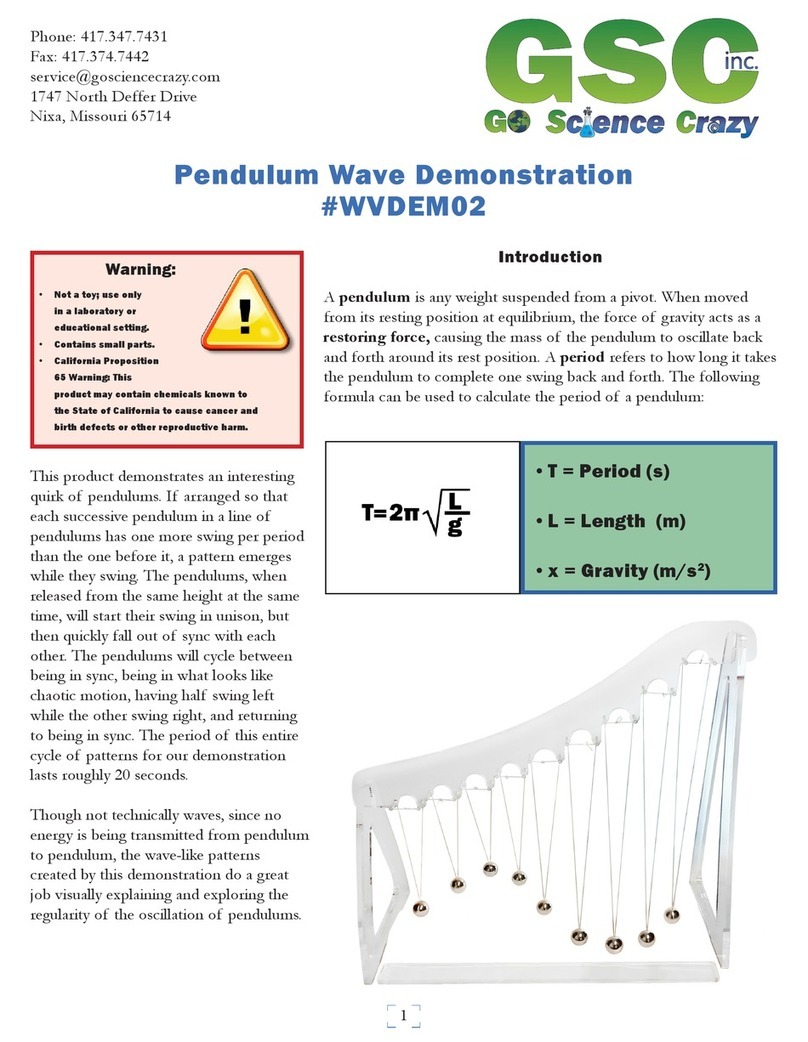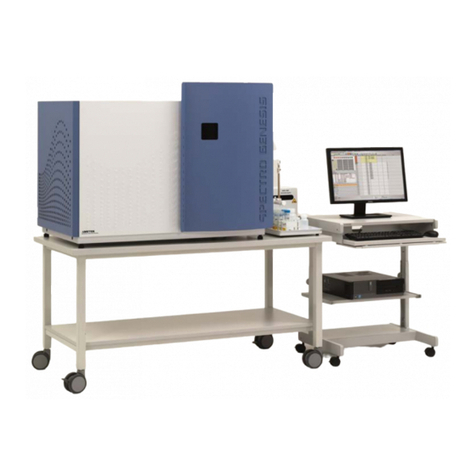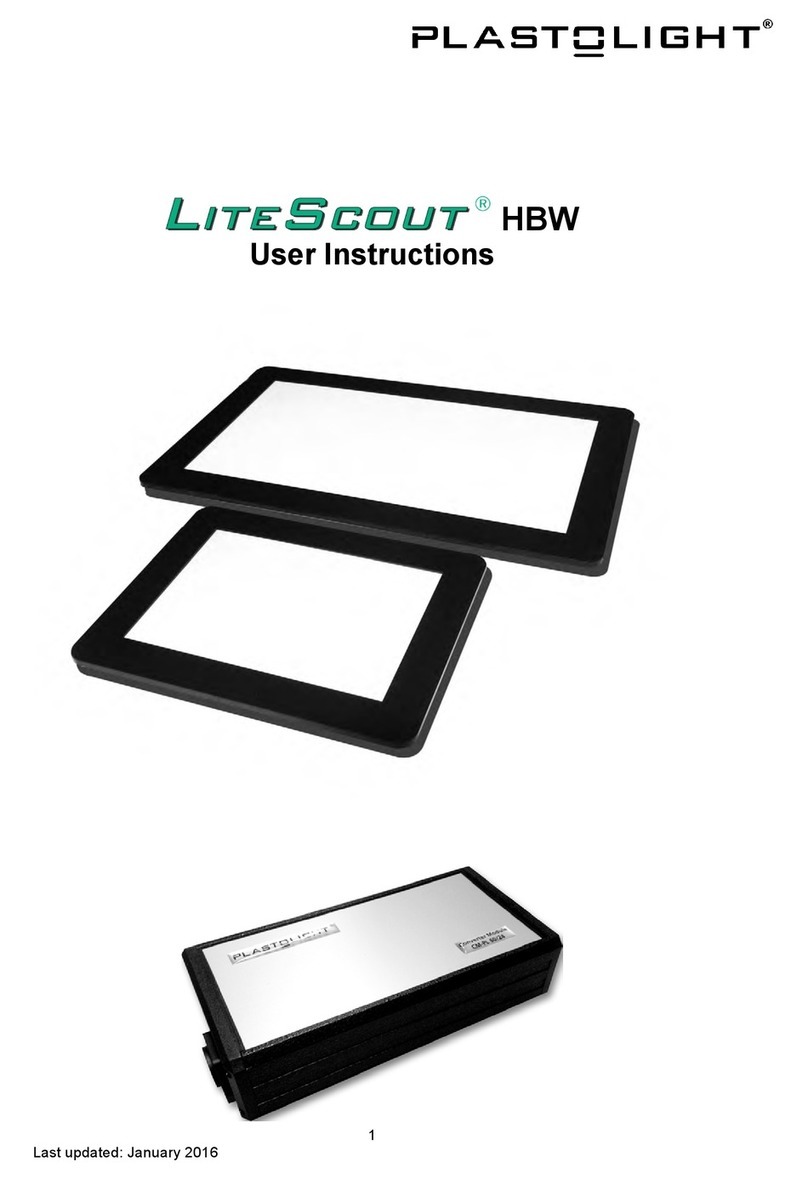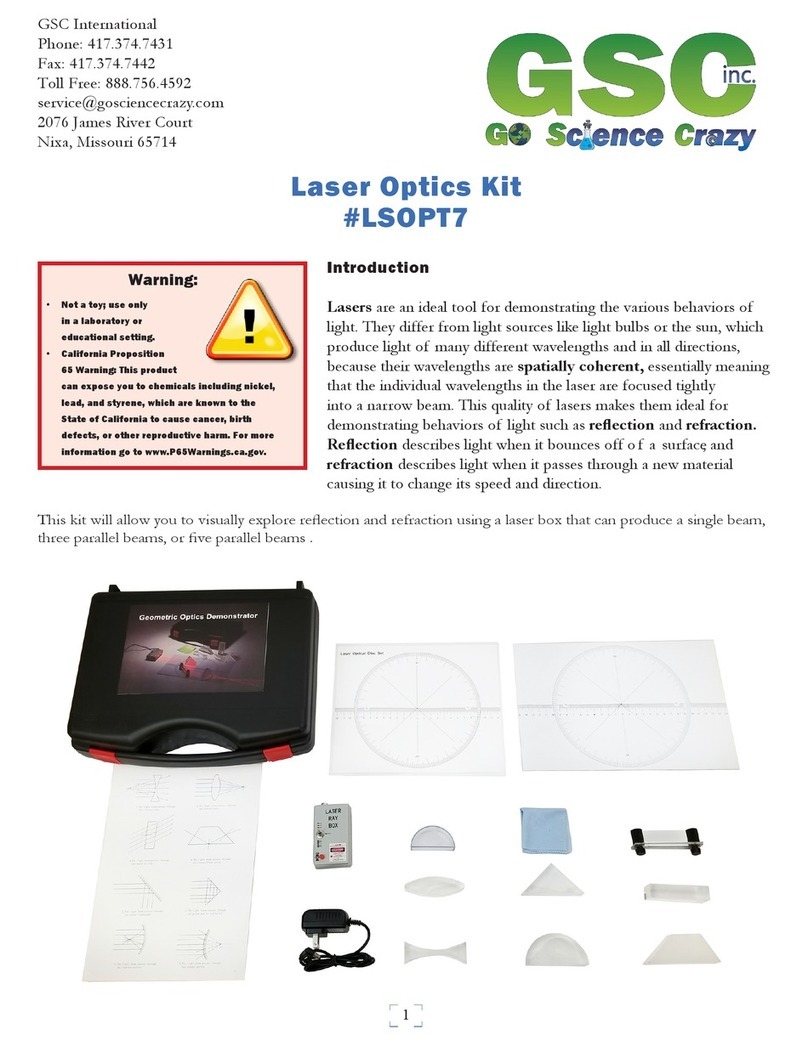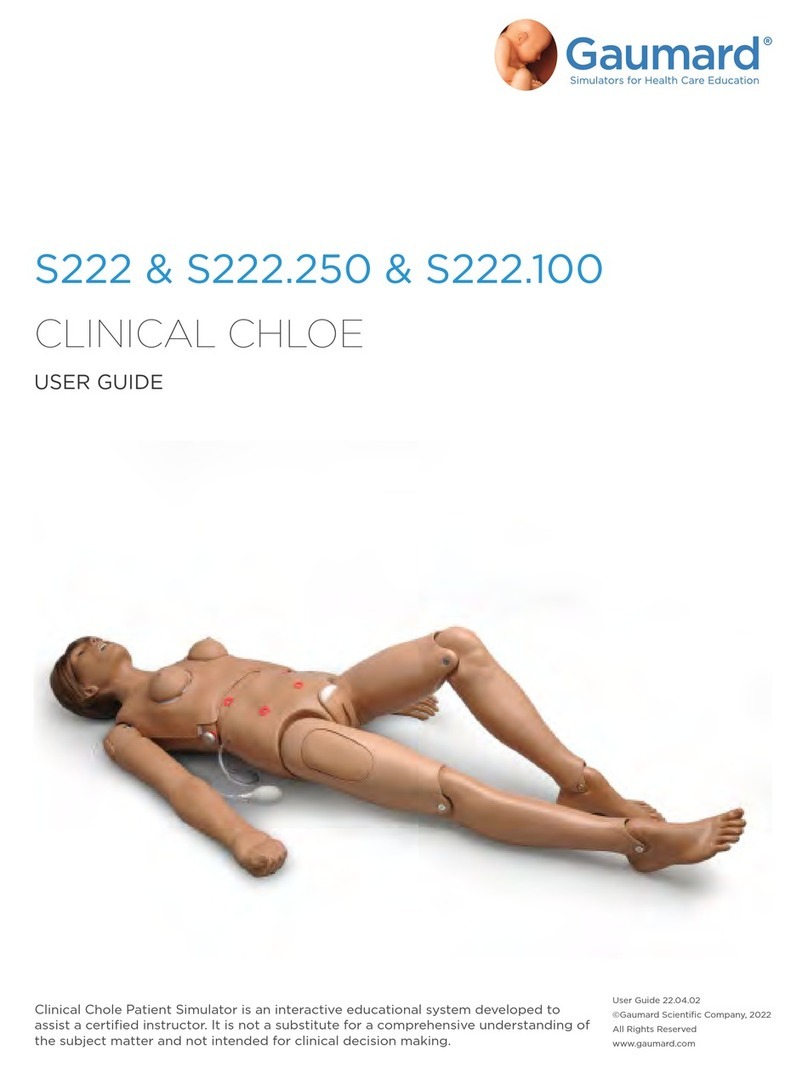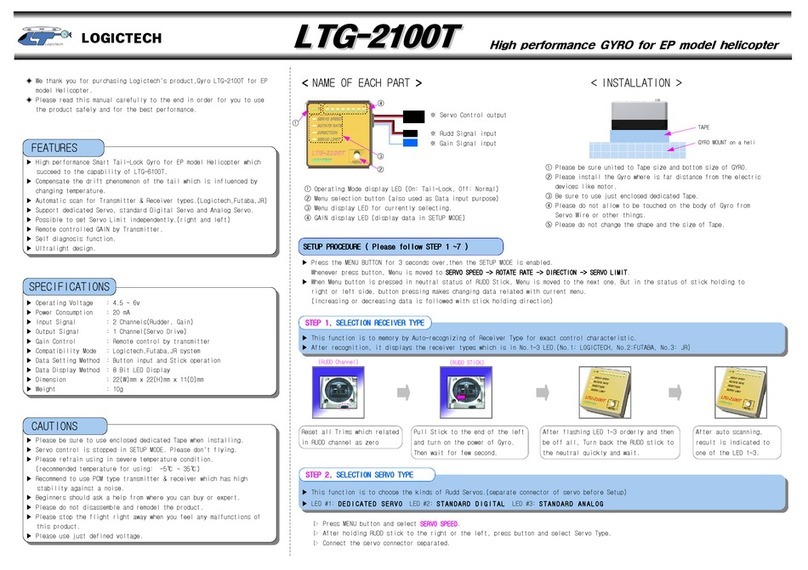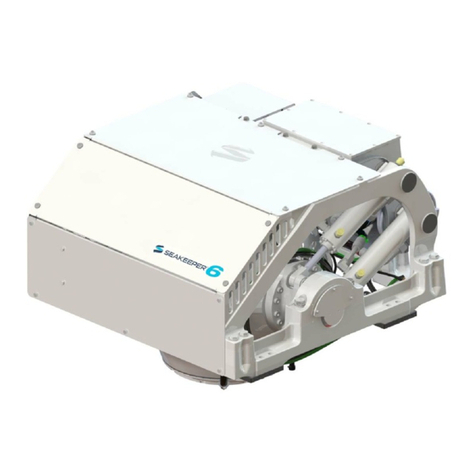Thames & Kosmos Glow-in-the-Dark Science Lab User manual

Do you have any questions?
Our customer service team will be glad to help you!
USA: thamesandkosmos.com or 1-800-587-2872
UK: thamesandkosmos.co.uk or 01580 713000
Kit Contents
© 2020 Franckh-Kosmos Verlags-GmbH & Co. KG, Pfizerstrasse
5–7, 70184 Stuttgart, Germany
This work, including all its parts, is copyright protected. Any use
outside the specific limits of the copyright law is prohibited and
punishable by law without the consent of the publisher. This
applies specifically to reproductions, translations, microfilming,
and storage and processing in electronic systems and networks.
We do not guarantee that all material in this work is free from
other copyright or other protection.
Project management, concept, and text: Linnéa Bergsträsser; Technical
product development: Petra Müller; Packaging design concept: Peter
Schmidt Group GmbH, Hamburg; Packaging layout: sloedesign.de,
M. Horn. Manual design concept: Atelier Bea Klenk, Berlin. Manual
layout: sloedesign.de, M. Horn; Packaging photos: Sugar factory
photo design, Stuttgart (cover); Michael Flaig, Stuttgart (Content)
Manual images: Michael Flaig, Stuttgart (content); (Pigments) Nataliya
Druchkova; (Neon colors) Denis Larkin; (Carnation) Patricia Chumillas;
(Crysanthemums) Fahng S. (all previous © shutterstock.com); (Plant
cross section black and white) Author unknown; (Tonic water) Splarka
(all previous © wikipedia.de public domain); (Plant cross-section sepia)
Plantsurfer (© wikipedia.de CC BY SA 2.0); (Anemone) (daisies) André
Karwath (© wikipedia.de CC BY SA 2.5); (Rose) Stan Shebs; (Test tubes)
Kuebi; (Marguerite) Derek Ramsey; (Crystals) Parent Géry; (Scorpio)
Fritz Geller Grimm (all previous © wikipedia.de CC BY SA 3.0);
(Gerbera) Jee & Rani Nature Photography; (Tulip) Michael PL; (Cubic
crystals) Green crystals) Didier Descouend (all previous © wikipedia.
de CC BY SA 4.0); Manual illustrations: Tanja Donner, Riedlingen;
Dan Freitas, Providence; Jaimie Duplass & beror (all adhesive strips,
© fotolia).
The publisher has made every effort to identify the owners
of the rights to all photos used. If there is any instance in
which the owners of the rights to any pictures have not
been acknowledged, they are asked to inform the publisher
about their copyright ownership so that they may receive the
customary image fee.
1st English Edition © 2020 Thames & Kosmos, LLC,
Providence, RI, USA
Thames & Kosmos® is a registered trademark of Thames &
Kosmos, LLC.
Editing: Ted McGuire; Additional Graphics and Layout: Dan
Freitas
Distributed in North America by Thames & Kosmos, LLC.
Providence, RI 02903
Phone: 800-587-2872; Web: www.thamesandkosmos.com
Distributed in United Kingdom by Thames & Kosmos UK LP.
Cranbrook, Kent TN17 3HE
Phone: 01580 713000; Web: www.thamesandkosmos.co.uk
We reserve the right to make technical changes.
Printed in Germany
Experiment Manual
– Plaster powder (Calcium sulfate hemihydrate),
200 g (EG-No. 231-900-3, No. 771052)
– Plastic molding tray
– Yellow fluorescent pigment (No. 775551)
– Pink fluorescent pigment (No. 775552)
– UV flashlight
– Measuring cup, 200 ml
– Measuring cup, 30 ml
– 2 test tubes with screw caps
– 2 cardboard test tube stands
You will also need:
AAA battery (1.5 volt, type LR03),
small Phillips-head screwdriver, water, adhesive
tape, old newspaper, 2 empty cups, various flowers
with white blossoms, paper, tonic water, paper
money, white T-shirt, scissors, bark from a
chestnut branch (optional), small paint brush
– Sticker sheet
– Spatula
550033-02-100120
WARNING.
Not suitable for children under 8
years. For use under adult supervision. Read the instructions before use, follow
them and keep them for reference.
WARNING
— Chemistry Set. This set contains chemicals and parts
that may be harmful if misused. Read cautions on individual containers and in
manual carefully. Not to be used by children except under adult supervision.
Glow-in-the-Dark
Science Lab

Dear Parents and Adults,
FOREWORD
With this science kit, your child can discover fascinating fluorescent materials. Before
experimenting, read the instructions together with your child and discuss the safety
instructions together. Support your child and offer help when needed.
Find a practical place for the experiments, where accidentally spilled dyes, plaster, or
water will not cause any damage. The light tests work best in a room that can be
darkened if necessary. Please give your child the additionally required materials and
have them ready before starting the experiments. If foodstuffs are used, they must be
kept strictly separate from kitchen supplies and utensils.
We hope you have a lot of fun experimenting!
Hello there!
My name is Neon Leon, and
I will help you see the
world in glowing colors.
Have fun!
SAFETY INFORMATION
WARNING! Not suitable for children under 3 years. Choking
hazard — small parts may be swallowed or inhaled. Store
experiment material out of the reach of small children
and animals. Keep packaging and instructions as they
contain important information.
Instructions for handling plaster and fluorescent pigments:
Advice for supervising adults
a) This experimental set is for use only by children over 8 years. For use under
adult supervision. Keep the experimental set out of reach of children under 8
years old. This also applies to the molding tray when filled with plaster and
the fluorescent objects made with this kit.
b) Read and follow these instructions, the safety rules and the first aid information, and
keep them for reference.
c) The incorrect use of chemicals (plaster and fluorescent pigments) can cause injury and
damage to health. Only carry out those experiments which are listed in the instructions.
d) Because children’s abilities vary so much, even within age groups, supervising adults
should exercise discretion as to which experiments are suitable and safe for them. The
instructions should enable supervisors to assess any experiment to establish its
suitability for a particular child.
e) The supervising adult should discuss the warnings and safety information with the
child or children before commencing the experiments. Particular attention should be
paid to the safe handling of the plaster and fluorescent pigments.
f) The area surrounding the experiment should be kept clear of any obstructions and
away from the storage of food. It should be well lit and ventilated and close to a water
supply. A solid table with a heat resistant top should be provided.
g) The work area should be cleaned immediately after the experiment has been carried
out. The experiment material should be rinsed and dried with paper towels. To avoid
stains, experiment away from carpets, curtains, or tablecloths, and wear old clothes.

h) Open the bag of plaster with scissors at one corner. The label should remain legible.
Seal with a clip or some adhesive tape after use.
i) Disposal: After experimenting, place spilled plaster, plaster residues, and pigment
residues into the household waste. Dispose of liquids and dye solutions in the sink
and rinse well.
First Aid Information
In case of eye contact: Wash out eye with plenty of water, holding eye open if necessary.
Seek immediate medical advice.
If swallowed: Wash out mouth with water, drink some fresh water. Do not induce
vomiting. Seek immediate medical advice.
In case of doubt, seek medical advice without delay. Take the chemical and/or product
and its container with you.
In case of injury always seek medical advice.
Safety Rules
Keep young children and animals away from the experimental area.
Store this experimental set out of reach of children under 8 years of age.
Wash hands after carrying out experiments.
Clean all equipment after use.
Do not eat or drink in the experimental area.
Do not use any equipment which has not been supplied with the set or recommended in
the instructions for use.
The following applies to the plaster and fluorescent pigments: Do not place the material
in the mouth. Do not inhale dust or powder. Do not apply to the body.
Instructions for Handling the UV Flashlight (and Battery)
In addition to a certain amount of visible light, the UV flashlight mostly emits high-
energy ultraviolet light. Do not shine it into your eyes or into the eyes of any other
person or animal!
Please have the battery installed and replaced by an adult. One AAA battery (1.5 volt,
type LR03) is required to operate the UV flashlight, which is not included in the kit due
to its limited shelf life.
Avoid short-circuiting the battery. A short circuit can cause the wires to overheat and
the batteries to explode.
The battery is to be inserted with the correct polarity. Press it gently into the battery
compartment. See the instructions to the right.
Non-rechargeable batteries are not to be recharged. They could explode!
Rechargeable batteries are only to be charged under adult supervision.
Rechargeable batteries are to be removed from the toy before being charged.
Exhausted batteries are to be removed from the toy.
The supply terminals are not to be short-circuited.
Dispose of used batteries in accordance with environmental provisions.
Avoid deforming the battery.

Notes on Disposal of Electrical and Electronic Components
The electronic components of this product are recyclable. For the sake of the
environment, do not throw them into the household trash at the end of their
lifespan. They must be delivered to a collection location for electronic waste, as
indicated by the following symbol:
Please contact your local authorities for the appropriate disposal location.
HOW TO MAKE YOUR UV FLASHLIGHT SHINE
1.
On and off switch
2.
You will need
–UV Flashlight
– Small Phillips-head screwdriver, AAA
battery (1.5 volt, type LR03)
Here’s how
1. Open the battery compartment with
a small Phillips-head screwdriver and
insert a new AAA battery. Please pay
attention to the correct polarity, as
indicated by the markings on the
battery compartment! Close the
battery compartment immediately
after inserting the battery.
2. Slide the switch on the top of the
UV flashlight to “ON” to make your
UV flashlight light up.
3. If the brightness of the flashlight
diminishes, replace the battery as
described above. If it is not likely
to be used for a prolonged period
(months), remove the battery so
that it does not corrode or leak.
The battery should be inserted
into the UV flashlight only by an
adult.
Ask your parent or other adult
for help.
Do not shine the UV flashlight into
your eyes or into the eyes of any
other person or animal!

EXPERIMENT 1: LUMINOUS COLORS
1.
3.
5.
4.
You will need
–2 Cardboard test tube stands
–2 Test tubes with lids
–Spatula
–Yellow fluorescent pigment
–Pink fluorescent pigment
–UV flashlight
– Water, adhesive tape
Here’s how
1. Fold the test tube stands along the
lines and secure the corners with tape.
2. Fill both test tubes with 10 ml of water
and place them in the stands.
3. Use the spatula to put a tiny amount
of the yellow fluorescent pigment in
one test tube and some of the pink
fluorescent pigment in the other.
4. Screw the lids onto the test tubes and
shake the two solutions well.
5. Darken the room and make both
liquids glow in the dark by shining the
UV flashlight on them through the hole
in the bottom of the stand. Save the
colored solution for the next
experiment.
Just a
few specks of
fluorescent
dye are enough!
!
The pigments contained in the kit are neon pigments.They are also
called fluorescent pigments.These are special materials that absorb and
reflect more light than most regular materials, which makes them glow.
Why does the
pigment glow?
CHECK IT OUT
Table of contents
Other Thames & Kosmos Science Education Product manuals
